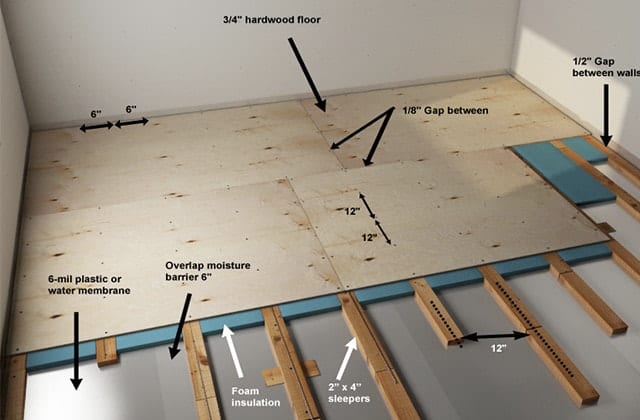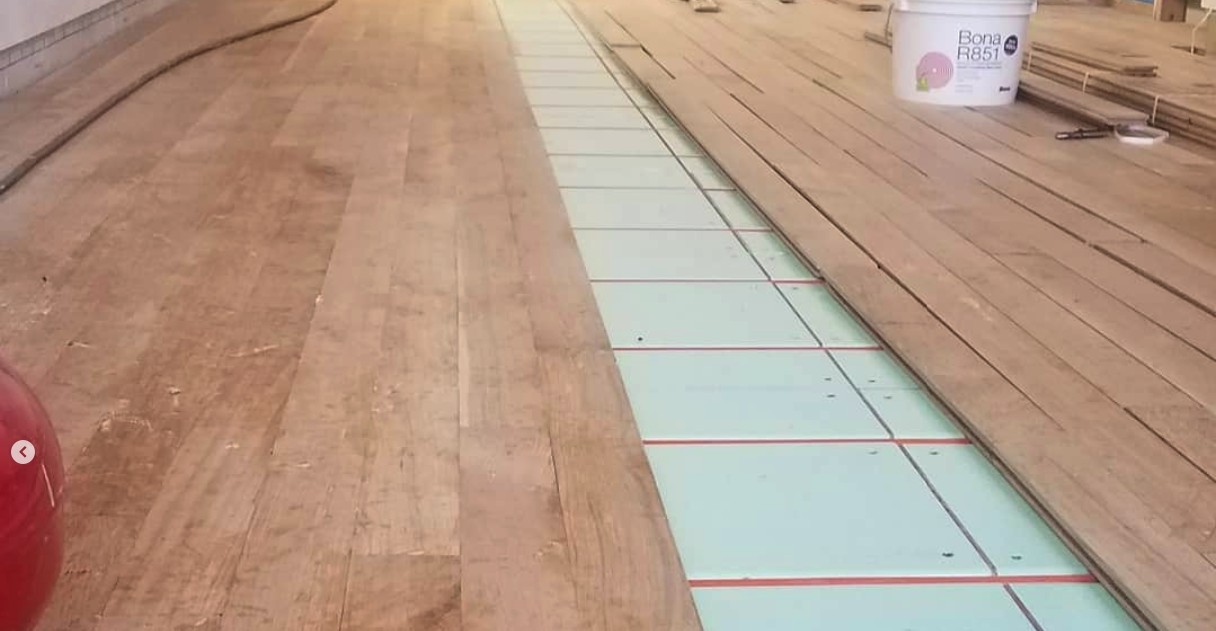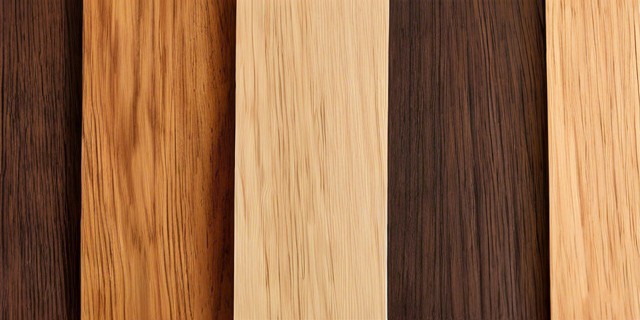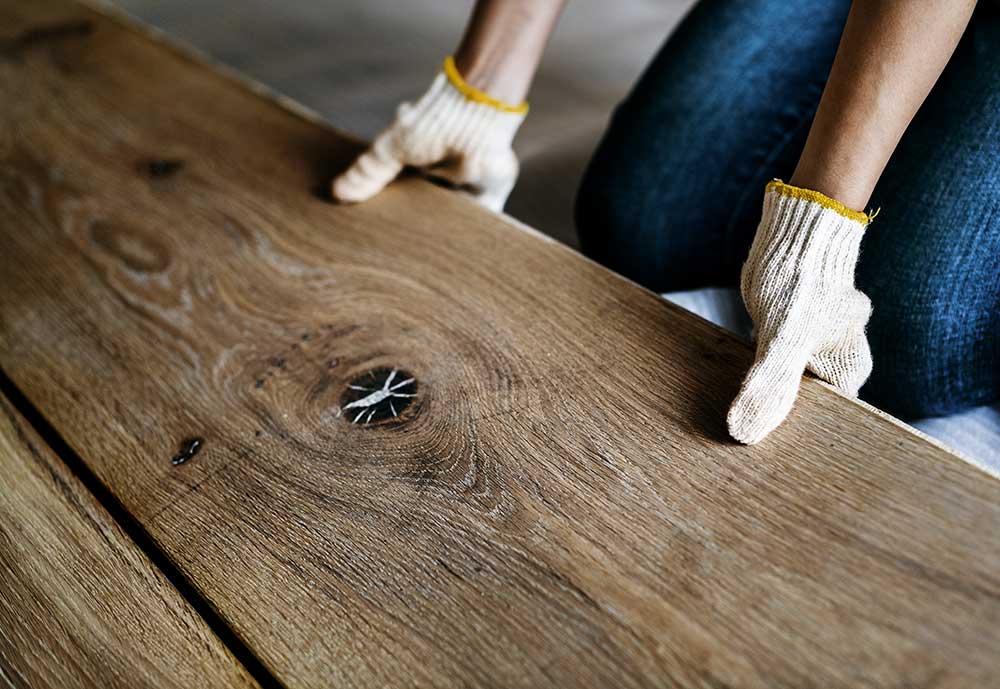So you decided!
It’s time to replace the floors.
Before you install…
It is essential to know the type of subfloor to further determine what installation method that is best. Plywood, oriented strand board, particle board, and concrete are the four standard types of subfloors. The two most recommended subfloors are concrete and Plywood
What are 4 common types of subfloors?
Plywood is fabricated using sheets of wood, adhered together with glue. It is an affordable option and common in most residential homes.
Oriented Strand Board: also known as OSB, is also a popular option for residential homes. OSB is made of glued and pressed pieces of chipped wood. Its structure is denser and more consistent than plywood. While OSB does not absorb as much moisture as plywood, it can hold moisture for much longer.
Particleboard: is not as popular as plywood and OSB due to its weak structure. Particleboard is composed of small chips of wood that could be compared to sawdust.
Concrete: is most common in condominiums, large apartment buildings and residential basements/bathrooms. Concrete subfloors are much stronger the other three subfloor types.

Prior to the installation of wood flooring, it is essential that the concrete subfloor be inspected for cracks, moisture content and an unlevel surface. Sometimes this subfloor will require filling low spots and grinding high spots to achieve a flat surface. Self leveling is a often a recommended process. Additionally, if the subfloor moisture content levels are elevated, a moisture barrier may need to be installed prior to flooring.
Secret 5th type of Subfloor…
In certain cases, the subfloor could be your current wood flooring. This method is more typical with floating floor installations. Consult with your installer for this method.
Now that you know your subfloor, what now?
At this point, it is best to consult your Wood Flooring Installer regarding the best method of install.
And of course do some research online. Eko Flooring recommends install over plywood or concrete. Depending on site conditions, installing over current flooring could be recommended.
Visit National Wood Flooring Association to find a certified Wood Flooring Professional who has dedicated their time toward continuing education in the field of Flooring. https://www.woodfloors.org/



